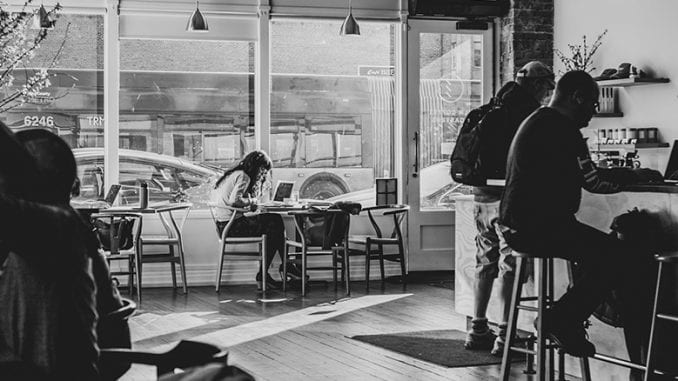
We explore how jazz and coffee eventually influenced each other.
BY PEACE BETHECREATIVE
SPECIAL TO BARISTA MAGAZINE ONLINE
Cover photo by Sean Benesh
When I think of coffee and jazz, I think ’90s bass guitar, and Love Jones and Kangol wool beret hats with the groovy cats of the 1980s. I’m a little on the nostalgic side, as most of these references are over 20 years old, and it’s clear that we won’t be seeing Kangols with coffee anytime soon. I was quite surprised when I started researching and found that jazz and coffee aren’t as inextricably linked as I would like to believe they are. However, they are heavily influenced by one another.
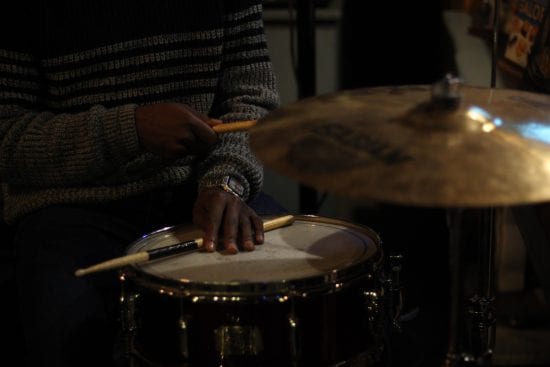
Coffee shops, then known as coffeehouses (qahveh khaneh in Persian), became essential places not only to enjoy English Breakfast tea, but also for intellectuals to engage in stimulating conversation. What were these intellectuals listening to? In the 20th century, coffeehouse genres shifted as jazz came onto the scene, along with its components—swing, blues, and bebop, which would become its gateway.
As the culture progressed and ideas became more radicalized, there needed to be a space to discuss those ideas. Coffee shops have always been the epicenter of collaboration, along with new forms of music, thoughts, and action. By bridging the gap between thinkers and artists across several facets, coffee shops served as a neutral location to converse and create new music. Bands from all backgrounds would cram in tour buses and pack out coffee shops to allow the people to hear something they might not have heard in their own homes.
Jazz was initially for dancing, but as bebop, a jazz swing style of music known for its improvisation, became widespread, jazz transitioned into a genre best experienced through simply sitting and listening. Thus, jazz moved to spaces better for its culture—coffeehouses with couches and plenty of caffeine to help visitors stay up through a long night of great music.
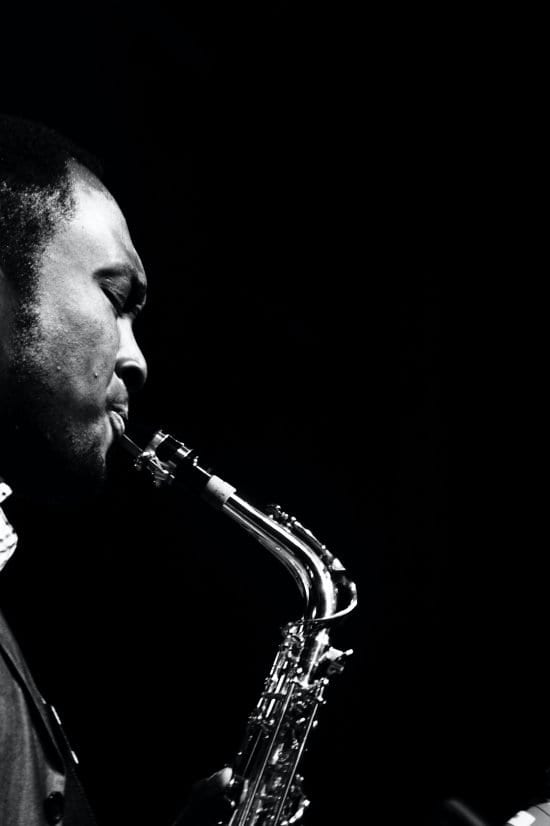
This transition can be credited to bebop pioneers Benny Carter, Charlie Parker, Dizzy Gillespie, and Thelonious Monk, who allowed people to appreciate the musicality and not just the music through the art of improvisation. You can’t dance to a rhythm you don’t know is coming, so you have no choice but to listen.
In the current age of hustle where people are always on the go, coffee shops are still home to some of the best talent, both local and visiting. In some cases, many are now frequented by people wanting to regain some control of their time, entrepreneurs holding business meetings, writers, and conversationalists, while jazz or similar styles can still serve as the undertone. Kamasi Washington, Terrace Martin, and Masego are a few of the jazz-influenced artists that can be heard through the speakers of your favorite coffee shop.
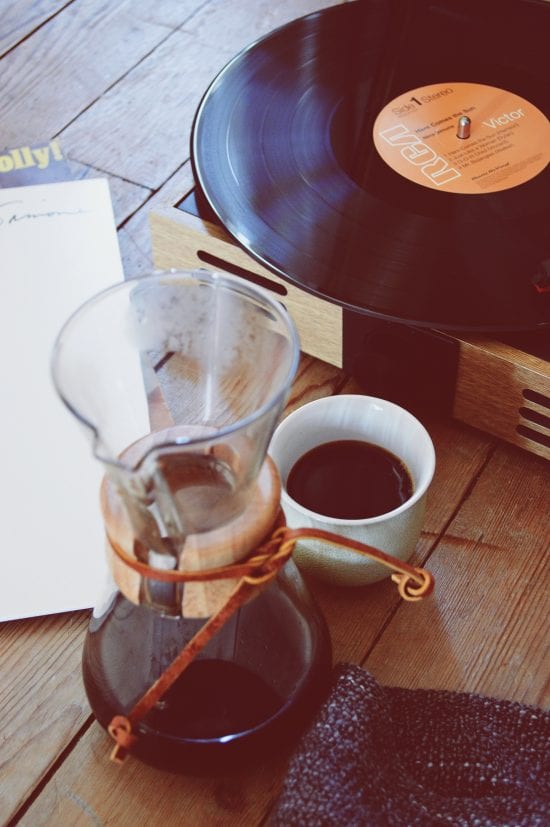
Jazz may not have gotten its start and notoriety in coffeehouses. However, it has been widely influenced by its presence in such spaces. It gives people who normally wouldn’t listen to wordless music access to its beauty. Scientific studies have also linked jazz and other classical styles of music to productivity. For example, the one done at the University of Windsor in Canada featured Dr. Teresa Lesiuk’s study on mood enhancement and perception. Next time you wonder how you were able to sit in a coffeehouse, talking, working, or creating for hours, turn your attention to the coffeehouse speakers. It could help a coffee shop to add some of these melodies to their musical selections. It may not be a band playing live for you, but the musical impact could be just the same.
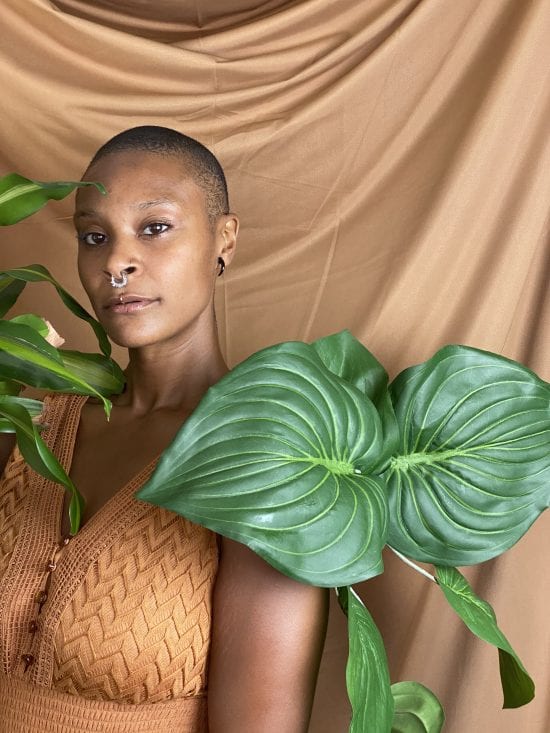
ABOUT THE AUTHOR
Peace is an artist, writer, and coffee connoisseur who spends most of her time in coffee shops and activism work. She is passionate about learning all that she can in order to regurgitate all that she knows. She plans to make the world a more progressive place, one word and “peace” of art at a time.


